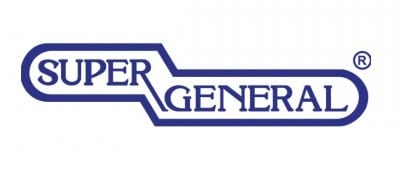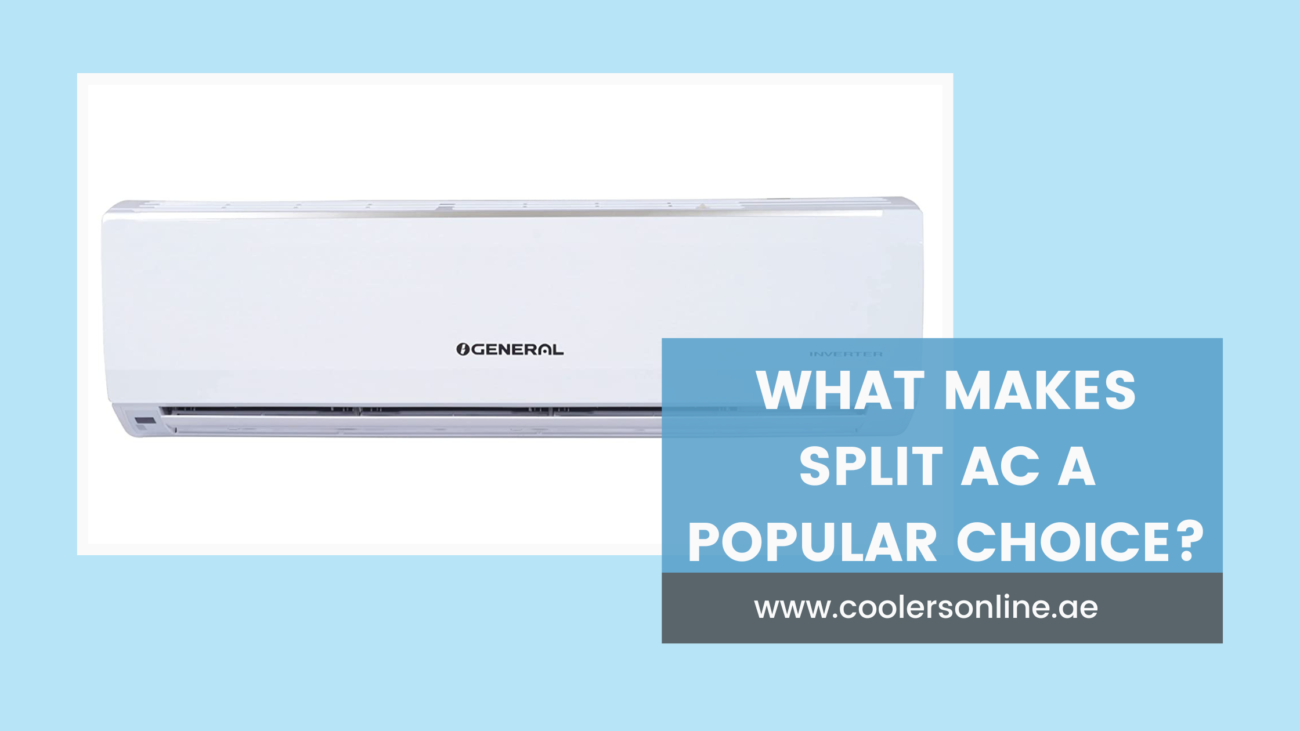In the scorching heat of the United Arab Emirates, air conditioning is not just a luxury but a necessity. When it comes to cooling your home or office, the choice between ductless and ducted air conditioning systems is a crucial one. Coolersonline, a leading air conditioner wholesale trader in the UAE, understands the importance of making an informed decision when it comes to selecting the right cooling solution for your space. In this blog, we will delve into the world of ductless and ducted AC systems, exploring their features, advantages, and disadvantages, to help you make the best choice for your specific needs.
DUCTED AIR CONDITIONING SYSTEMS
Ducted air conditioning systems, also known as central air conditioning systems, have been a popular choice for cooling larger spaces such as offices, villas, and commercial buildings for many years. These systems consist of a central unit that is connected to a network of ducts, which distribute cool air throughout the space. Let’s take a closer look at the different aspects of ducted AC systems.
DIFFERENT TYPES OF DUCTED AIR CONDITIONING SYSTEMS
Before delving into the pros and cons, it’s important to understand the various types of ducted air conditioning systems available in the market. Here are some common types:
- Single-Zone Ducted Systems: These systems have a single central unit that cools the entire space connected to the ductwork. They are suitable for cooling larger areas with consistent cooling requirements.
- Multi-Zone Ducted Systems: Multi-zone systems have multiple indoor units connected to a single central unit. This allows for different temperature settings in various zones of your home or office, providing more precise control over cooling.
- Variable Refrigerant Flow (VRF) Systems: VRF systems are highly efficient and offer precise temperature control. They can simultaneously heat and cool different zones, making them suitable for larger commercial spaces.
PROS AND CONS OF DUCTED AIR CONDITIONING SYSTEMS
Pros of Ducted AC Systems:
- Even Cooling: Ducted systems provide consistent cooling throughout the entire space, eliminating hot spots or cold spots that can occur with ductless mini-splits.
- Aesthetically Pleasing: Ducted systems are discreet as the components are hidden behind walls or ceilings. This maintains the aesthetics of your space.
- Quiet Operation: The noise from the central unit is isolated from the living or working areas, ensuring a peaceful environment.
- Customizable Zones: Multi-zone systems allow you to customize cooling for different areas, improving energy efficiency and comfort.
- Increased Property Value: Installing a ducted AC system can increase the resale value of your property.
Cons of Ducted AC Systems:
- Higher Initial Cost: Ducted systems tend to have a higher upfront cost due to the extensive installation required, including ductwork.
- Energy Loss: Ducts can develop leaks over time, leading to energy loss and reduced efficiency.
- Installation Complexity: The installation process can be complex, requiring professional expertise and potentially causing disruption during installation.
- Limited Zone Control: Single-zone systems lack the zone-by-zone temperature control that ductless systems offer.
- Maintenance Challenges: Ducted systems may be more challenging and costly to maintain and repair due to the concealed ductwork.
DUCTLESS AIR CONDITIONING SYSTEMS
Ductless air conditioning systems, also known as ductless mini-splits AC or Split AC have gained popularity in recent years due to their flexibility and efficiency. These systems consist of an outdoor unit and one or more indoor units, connected by refrigerant lines. Let’s explore the characteristics of ductless AC systems.
PROS AND CONS OF DUCTLESS MINI-SPLITS
Pros of Ductless Mini-Splits:
- Easy Installation: Ductless systems are relatively easy to install compared to ducted systems. They require minimal construction and no ductwork.
- Energy Efficiency: Ductless mini-splits are highly energy-efficient, as they don’t suffer from the energy loss associated with ducts. They use inverter technology to adjust cooling output based on the required temperature.
- Zone Control: Each indoor unit in a ductless system can be controlled separately, allowing for individualized temperature settings in different rooms or zones.
- Cost Savings: Lower installation costs, energy savings, and zone control can lead to cost savings in the long run.
- Compact Size: Ductless indoor units are compact and can be mounted on walls or ceilings, saving space and preserving room aesthetics.
Cons of Ductless Mini-Splits:
- Visible Indoor Units: Some people find the appearance of indoor units less aesthetically pleasing, although modern designs aim to be more appealing.
- Noise Levels: Indoor units can produce some noise, although it’s generally quieter than central systems. Newer models are designed to be quieter.
- Limited Cooling Capacity: Ductless systems may not be suitable for cooling very large spaces or multiple zones simultaneously.
- Maintenance Requirements: Regular cleaning of indoor unit filters is necessary for optimal performance.
DUCTLESS VS DUCTED HVAC: CHOOSING THE RIGHT HVAC
Now that we’ve explored the pros and cons of both ducted and ductless HVAC systems, how do you decide which one is right for your home or office in the UAE?
Consider the Following Factors:
- Space Size: Ducted systems are better suited for larger spaces with consistent cooling needs, while ductless mini-splits are more flexible for smaller or irregularly shaped spaces.
- Zoning Requirements: If you require individualized temperature control in different rooms or zones, ductless systems are the clear choice.
- Budget: Consider your budget not only for the initial installation but also for long-term operating costs. Ductless systems may offer savings over time due to their energy efficiency.
- Aesthetics: Think about your design preferences. Ductless indoor units are visible, so assess whether their appearance aligns with your interior design.
- Installation Constraints: If you want to avoid extensive construction work or don’t have space for ducts, ductless mini-splits offer a more practical solution.
- Climate Conditions: In the UAE’s hot climate, both systems can provide effective cooling. However, consider the humidity level in your area, as some ducted systems offer better dehumidification capabilities.
- Long-Term Goals: Consider your long-term plans for the property. If you plan to sell it in the future, a ducted system may increase its resale value.
In conclusion, the choice between ducted and ductless AC systems depends on your specific requirements, budget, and preferences. Coolersonline offers a wide range of air conditioning products from renowned brands such as Super General, O General, Carrier, and Midea. Our experienced team can provide expert guidance to help you make the right decision for your cooling needs in the UAE. Whether you opt for the even cooling of ducted systems or the flexibility of ductless mini-splits, Coolersonline is here to ensure your comfort and satisfaction.



























